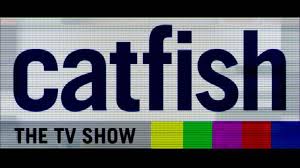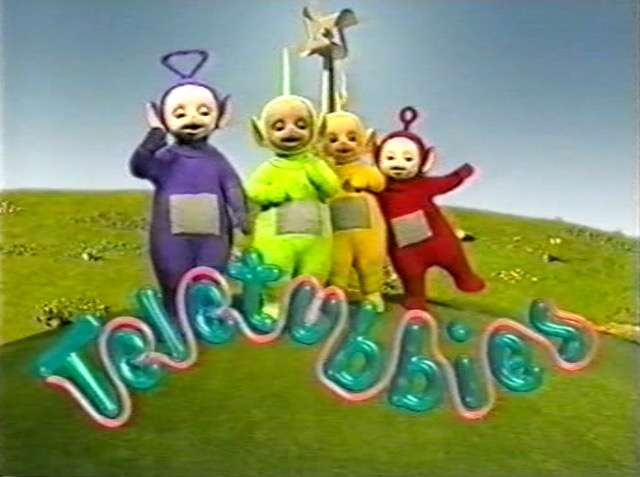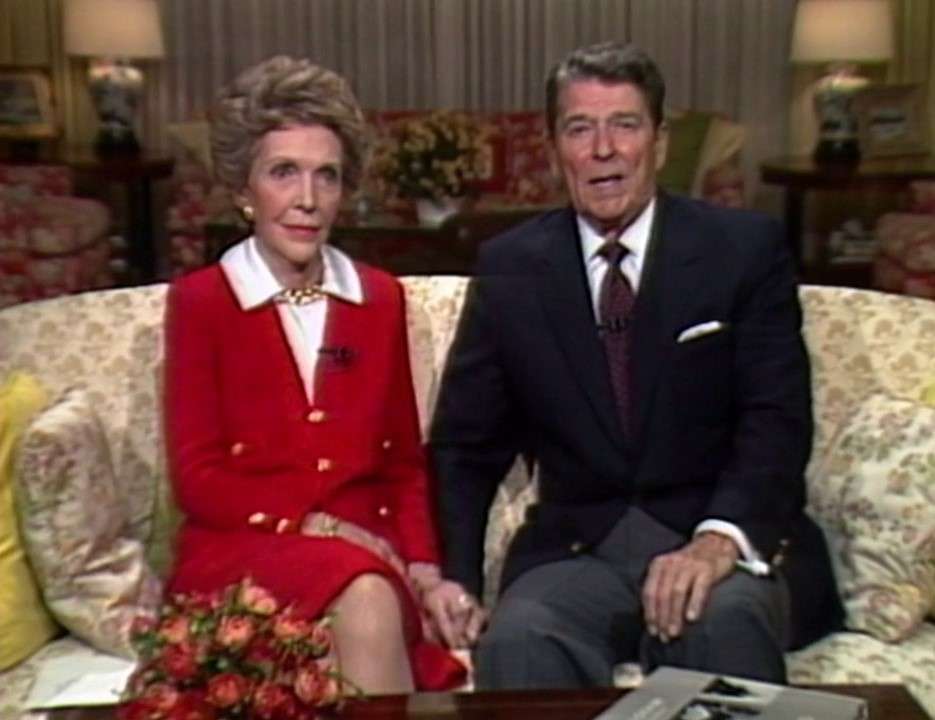
(Cat)Fishing for Love Catfish: The TV Show (MTV, 2012-) is a reality programme based on the documentary film Catfish (2010) which followed a young man building a romantic relationship with a woman he had met on Facebook, but never seen in real life.


(Cat)Fishing for Love Catfish: The TV Show (MTV, 2012-) is a reality programme based on the documentary film Catfish (2010) which followed a young man building a romantic relationship with a woman he had met on Facebook, but never seen in real life.

In this post, I want to explore television programming. Not the kind of programming we might typically associate with TV (i.e. the content, or the act of commissioning and scheduling) but the sort of programming that happens behind-the-digital-scenes; the computer programming, or coding , of the interfaces, databases and algorithms which increasingly frame our experiences of television today.

It has been said that we live in a time of monsters. Within the horror genre, these monsters can take the form of literal monsters you might find in ancient mythologies or Gothic literature, or they can take the form of LGBT (lesbian, gay, bisexual, transgender) or queer peoples. Within recent decades, both the monstrous body and sources of queerness have become increasingly de rigueur in popular screen media.

‘Remember the Red Indian. When he saw the first steam train, his savage mind thought it an illusion, too.’ Thus begins *Doctor Who *in 1963 when two teachers Ian and Barbara enter a police box and swiftly find themselves patronised by an alien time traveller, the Doctor.
The Germans. Among my ancestors. The bad people who tried to bring down Greek radicals. The good people who welcomed Syrian sufferers. The bad people who tried to deceive the United States Environmental Protection Agency (EPA). Angela Merkel, corporations, Germany. 2015. The Germans. As Tom Lehrer once put it, ‘We taught them a lesson in 1918, and they’ve hardly bothered us since then.’ (VIDEO CLIP NO LONGER AVAILABLE) The Germans.
The last weekend in September saw a buzzing festival of television organised by the *Radio Times *on the green opposite Hampton Court Palace. There were a number of massive tents (including the Eric Tent and the Ernie Tent), housing events and talks by celebrities and programme makers; there were screenings, storytelling booths, book signing and hands-on activities for adults and children.

The British pre-school children’s television programme Teletubbies was made by Ragdoll Productions for BBC and first screened from 1997-2001. To my delight it was announced at the end of September that the series will return later this year, now produced by DHX Media.

It’s 2015, and from Hollywood’s Black Mass (2015) to TV’s The Americans (FX, 2013-), Halt and Catch Fire (AMC, 2014-) and Show Me a Hero (HBO, 2015) – the 1980s as an era have become one of the hottest cultural sujets de jour.

I wasn’t going to write another blog about diversity—or the lack of it—in contemporary television. But when Viola Davis became the first woman of colour to win the Emmy for Outstanding Lead Actress in a Drama Series, during the same week that I met our new cohort of students, I changed my mind.

Daily Show (Image: Liz Giuffre) Jon Stewart’s work on The Daily Show has been an amazing international media ambassador for America. It’s been a token, yes, but proof that there is more substance and nuance to the global media powerhouse than Hollywood might otherwise have us believe.

Television scholars of my generation tend to have a reflex towards medium specificity, a desire to establish what it was about television that made it television. That was useful in the days when we were trying to emerge from a range of disciplines which informed our work – sociology, drama, history and English for example as well as a nascent and equally trenchant film studies.